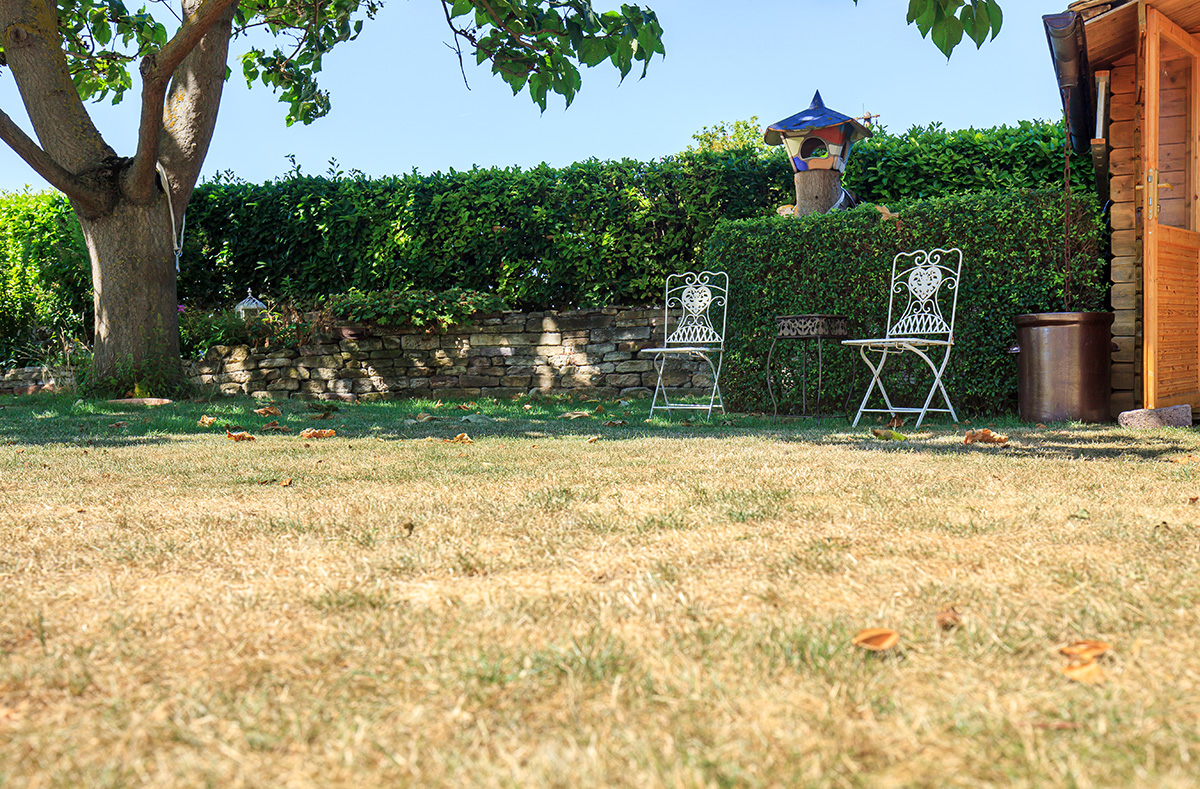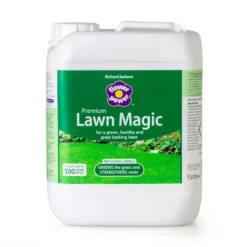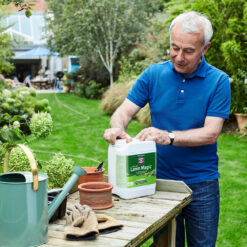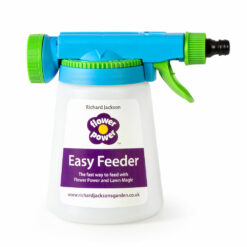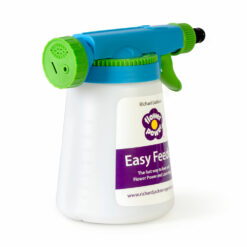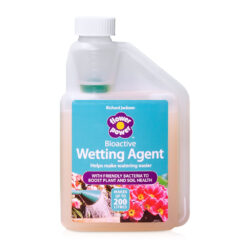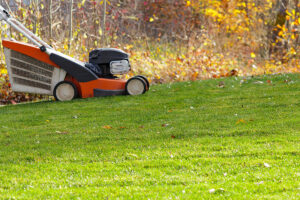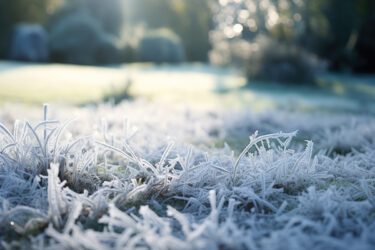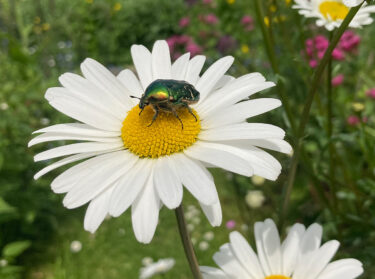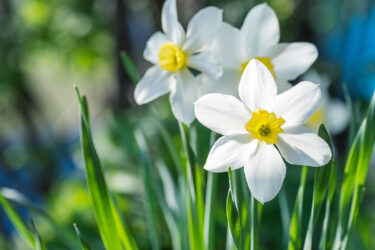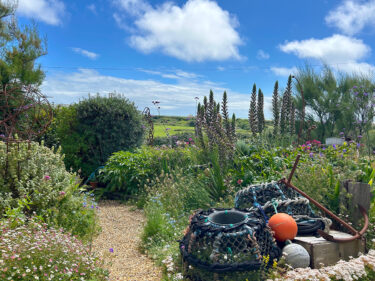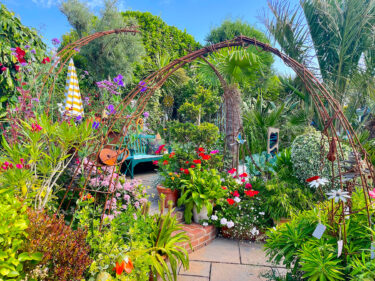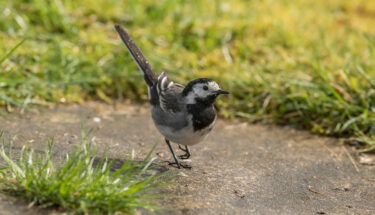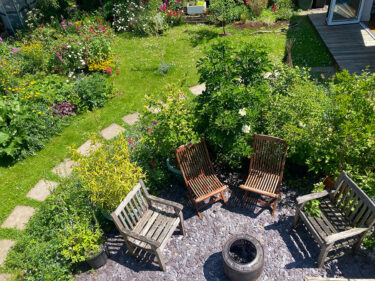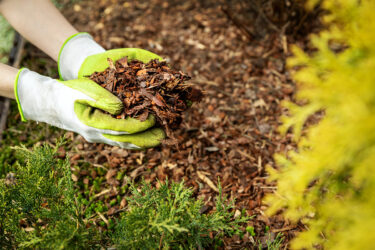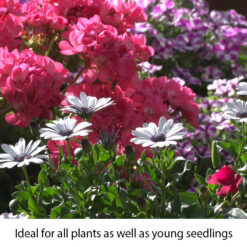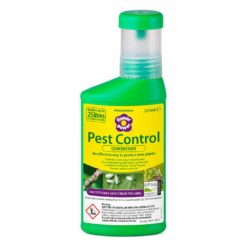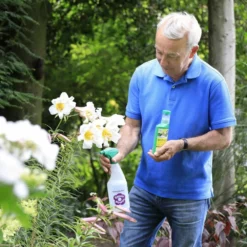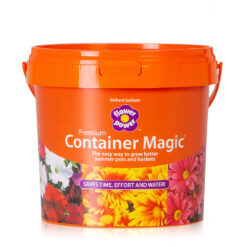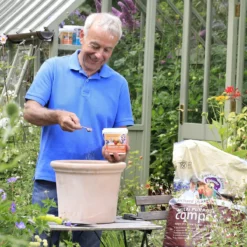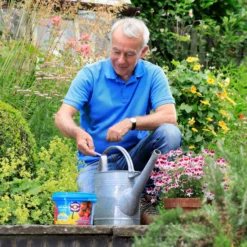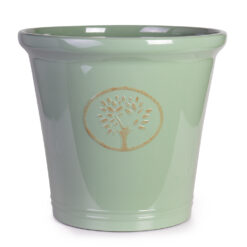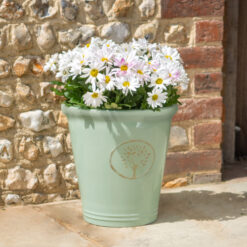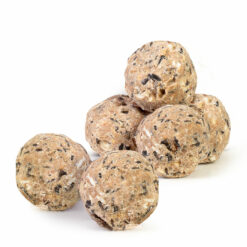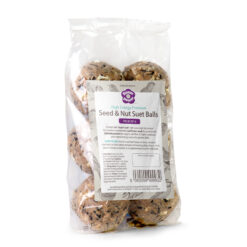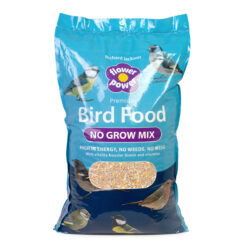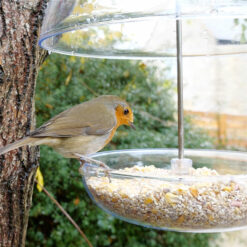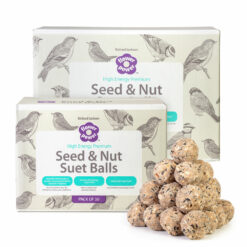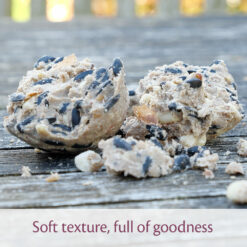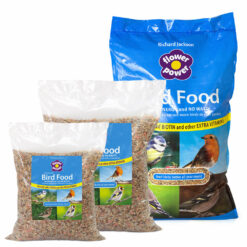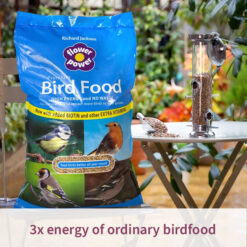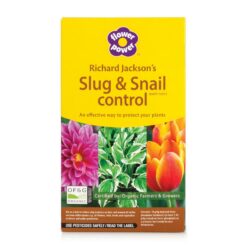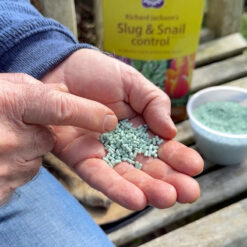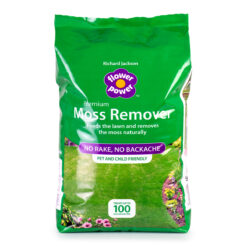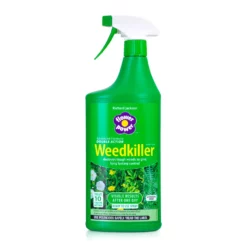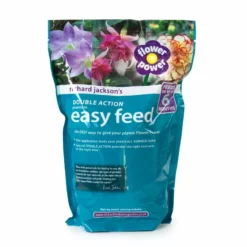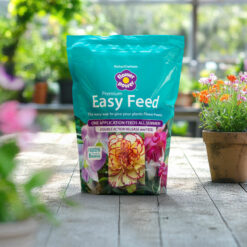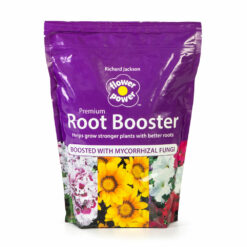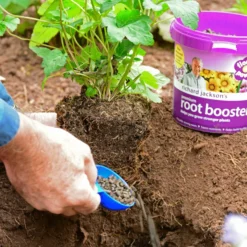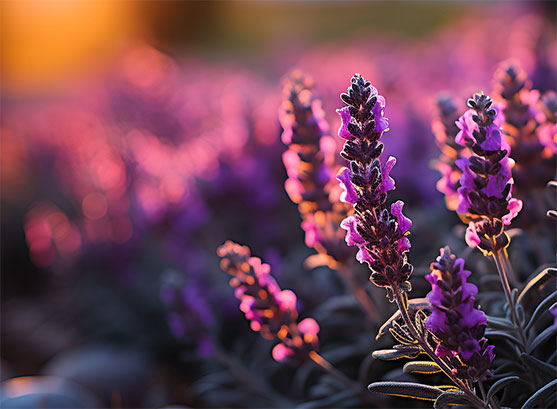For those of us that truly love our lawns, summer can be a tricky time to keep it looking lush and verdant. This is particularly true when we’re “blessed” with a “non-typical” British summer: prolonged dry weather; hot, hot, hot temperatures; droughts; heatwaves; and, for some, the inevitable hosepipe ban that follows these weather patterns. With the planet experiencing climate change and this leading to a pattern of more hotter, drier summers in years to come, it’s time to think about what we should do with the green, green grass at home.
Mowing
Correct and regular mowing is the single most important routine job for the best-looking lawn around. The grass should be cut whenever it’s growing with the aim to lightly tip (cut off the tips) the grass blades each time, and certainly not removing more than one-third of the grass height at any one time. During hot, dry weather, raise the blades and mow at a height of around 4-5cm; mowing too short will stress and damage the grass even further.
As long as you stick to the tipping the grass blades rule, you can ditch the grass box and leave the clippings in place. These will help insulate the grass and soil from high temperatures and mulch the soil, reducing how much water is lost through evaporation.
Watering
Talking of water… Just like every plant, lawn grasses need a constant supply of water to grow well and to produce that luscious, green appearance. But during prolonged periods of dry weather, and especially during droughts, the grasses will become dormant, and the lawn will turn brown. Luckily, they’re fairly resistant to these dry periods and can survive them, usually bouncing back once the first good downpours appear later in the year. But survive is the watchword, as they don’t look that great when they resemble a cut hay field.

If you are going to water, start as soon as the grass losses its springiness. Preferably water in the evening, or very early morning if you can’t, when the temperatures are lower, and less water will be lost through evaporation. Give a thorough watering once a week, or twice a week during very hot, dry conditions and on very free- draining soils. Watering little and often more regularly encourages surface rooting, making the grass more susceptible to drought and promotes moss.
In an average hot summer, 1 sq m (1sq yd) of turf loses around 20-litres (4½ gallons) of water per week and you should aim to replace this.
As long as you don’t have a hosepipe ban, using an oscillating sprinkler is the most effective way of watering. BUT don’t leave it unattended, set it up so that it only waters the lawn and don’t apply any more than is needed.
If there is a hosepipe ban, and providing the lawn is on the small size, you could water it with a watering can or set up a soaker or seep hose attached to a water butt.
Adding our Bioactive Wetting Agent will help the lawn make the most of every drop of water it receives.
Feeding
Giving the grass a good feed in summer will help to keep it strong and even help it fight off drought conditions. But granular fertilisers shouldn’t be used, as they need plenty of moisture in the soil or they’ll just burn the grass. Liquid feeds, like our Lawn Magic are a far better bet, but even these need moist soil to work effectively, and the lawn should be watered beforehand if the soil is very dry. Both watering and feeding are best carried out in the cool of the evening.
-
Select options This product has multiple variants. The options may be chosen on the product pagePrice range: £11.99 through £26.99
Cracking
During prolonged dry weather, especially lawns on clay soil, quite alarming cracks in the soil can appear. These should be dealt with wherever possible, filling them with compost.

Weeds and moss
Frustratingly, while the lawn may turn brown during hot, dry summers, many weeds and even moss will survive these conditions and even thrive, producing a weedy, mossy lawn.
Ideally, these should be dealt with over the summer, as they’ll be even more difficult to control once the grass starts growing again in autumn. Or, maybe encourage those that are good looking if you want some summer greenery and think that a wildflower or moss lawn may be a better bet than an all-grass one.
If you want to get rid of them and can’t dig them out or otherwise physically remove them, spray them with a liquid lawn weedkiller.
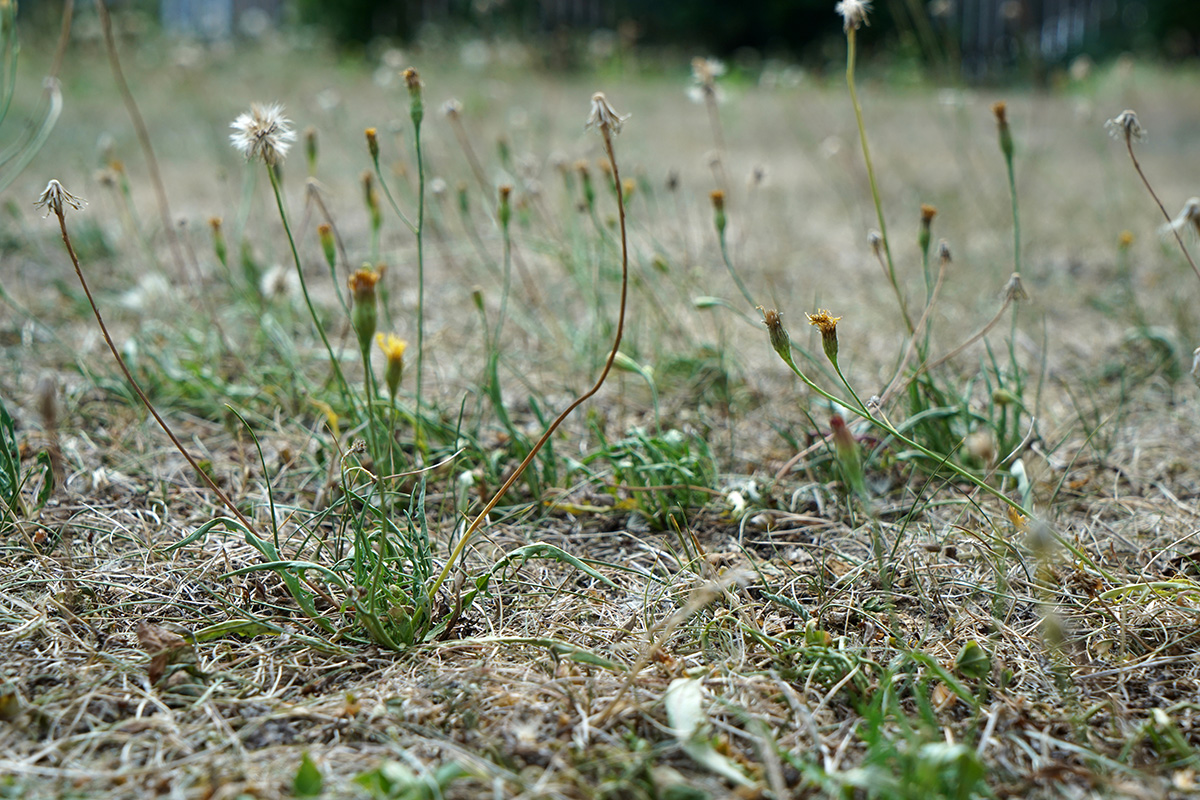
Lawn alternatives
If this sounds all too much to take in, then what about considering an alternative to the lawn?
Yes, you could completely dig it up and replace it with something else, like flower beds. A better choice would be to keep the lawn, but turn it, or part of it, into a wildflower “meadow” or mini-meadow. With the right choice of plants, which are more drought tolerant and would help to keep the grass greener, you could have a “lawn” plus the benefit of attractive and ornamental flowers too. And the local wildlife would also say a massive “thank you” as this mix of plants is more welcoming to them.

When moss predominates, maybe consider a moss lawn. They are easier to maintain, can remain green in summer and are lovely to walk on with bare feet!
Artificial grass is another option, but I think most of us now know that it isn’t a great one; it’s made from plastic, is a desert for wildlife and can lead to winter waterlogging and flooding – and winters are due to get wetter because of climate change.
Read all about it
If you’re a keen lawn lover, and want to get the best from yours, I would suggest getting a good book on the subject. I can thoroughly recommend Grow Lawns, published by DK (ISBN 978-0-7440-9240-0). It is full of great information, timely tips and fascinating facts, and I can recommend it – because I wrote it!
